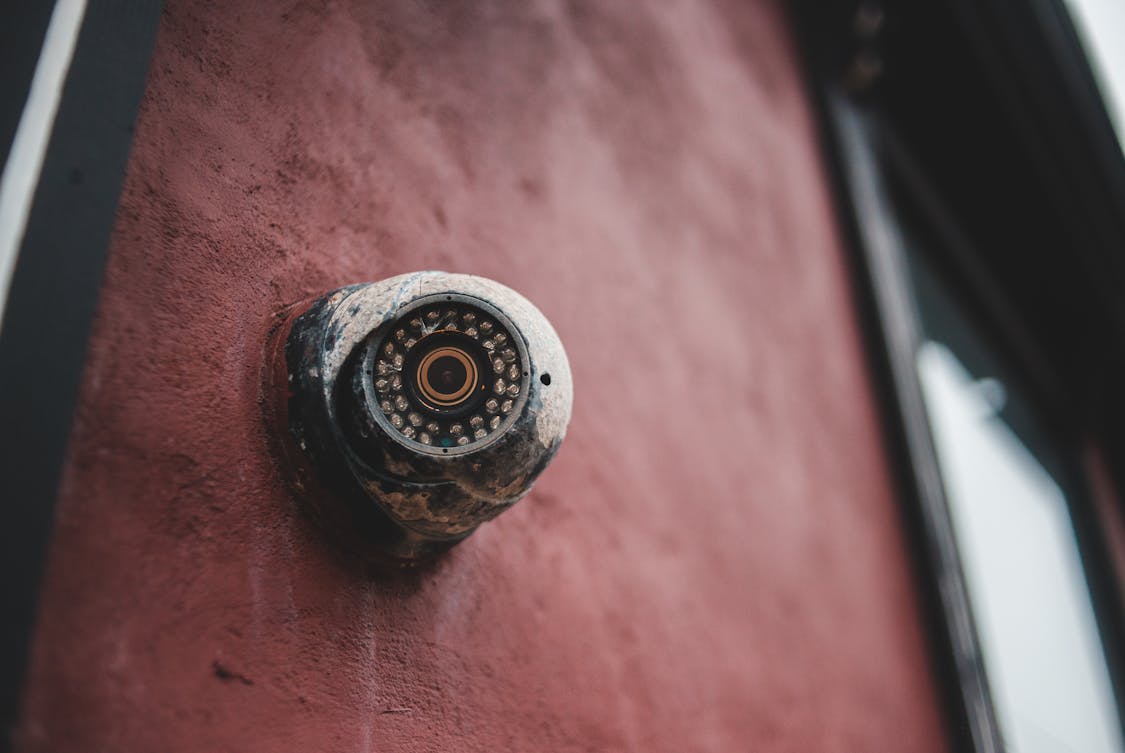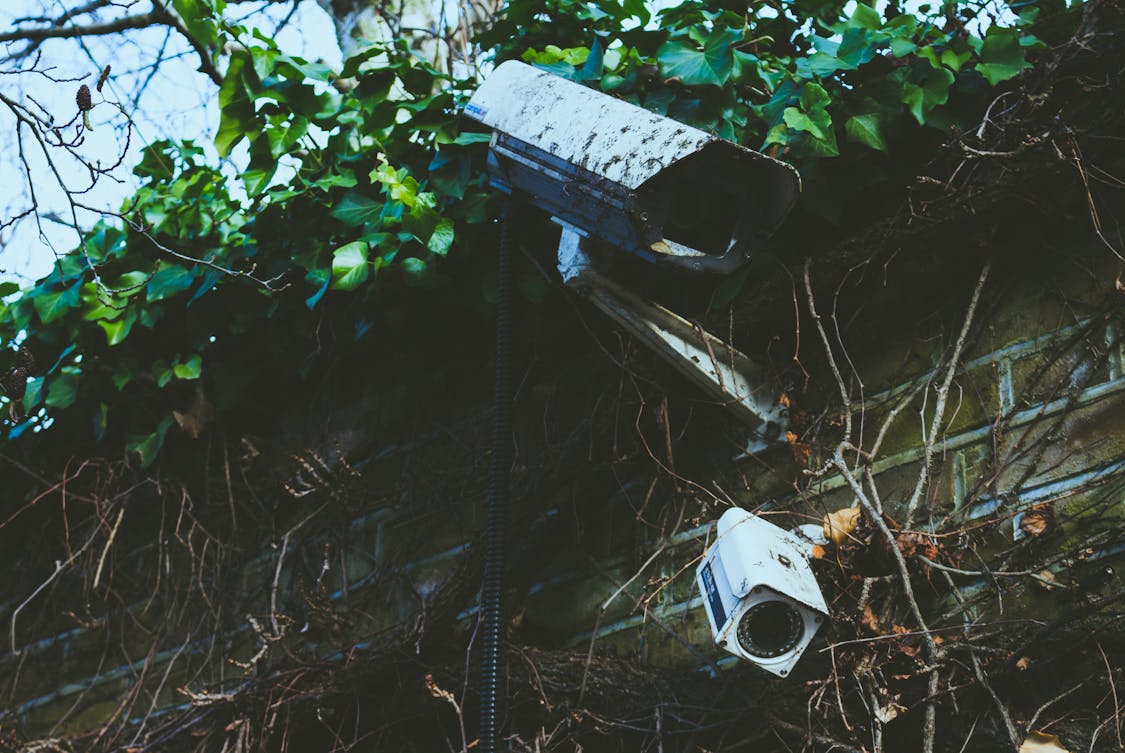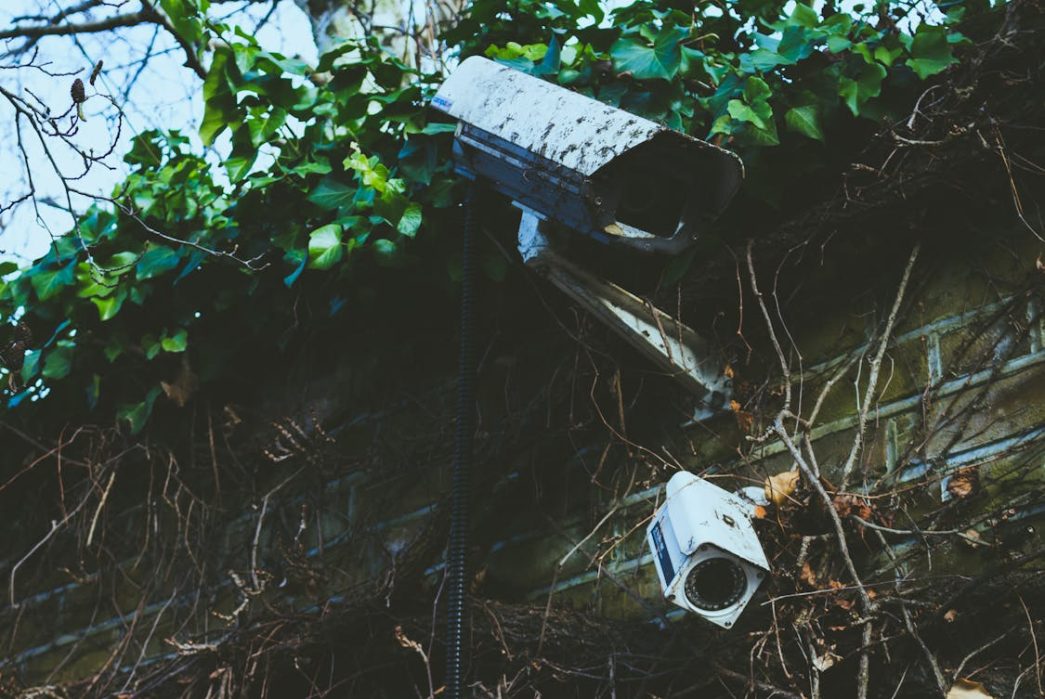Surveillance systems have become an integral part of security measures for homes, businesses, and public spaces. However, outdated CCTV systems pose significant risks that can compromise safety. Let’s break down the various aspects of this issue.
The Technology Gap
Old CCTV systems often rely on analog technology. While these systems may have worked in their prime, they lack the capabilities of modern digital systems.
Analog cameras typically provide lower resolution images, making it difficult to identify individuals or license plates. In the world of security, clarity matters.
Digital systems, on the other hand, offer high-definition video and advanced features such as motion detection and remote monitoring.
With the rapid advancements in technology, sticking with outdated systems is akin to using a rotary phone in a smartphone era. The implications for security are staggering.
Vulnerability to Cyber Attacks
As technology advances, so do the tactics of cybercriminals. Many older CCTV systems are not equipped with the necessary security features to protect against hacking.
Outdated software often contains vulnerabilities that can be easily exploited. Hackers can gain unauthorized access to camera feeds, effectively rendering the surveillance system useless.
When a hacker breaches a CCTV network, they can manipulate the system, disable cameras, or even use them to spy. This could lead to theft, vandalism, and other crimes that would have been preventable with a secure system.
For a secure upgrade that eliminates these risks, many property owners turn to Labs Smart Wiring CCTV installations for modern, cyber-resilient systems.
Lack of Integration with Modern Systems
Today’s security landscape often requires integration with various smart technologies. Outdated CCTV systems typically lack the ability to sync with other security measures, such as alarm systems or access controls. This disconnect can create gaps in security.
For example, a modern system may automatically lock doors when suspicious activity is detected. An older system, however, may not trigger any additional security measures, leaving vulnerabilities unaddressed. The disjointed nature of outdated systems can be a significant liability.
Limited Storage and Accessibility
Storage capabilities have dramatically improved over the years. Older CCTV systems often rely on physical storage devices, which can fill up quickly. When this happens, crucial footage may be lost or overwritten.
In contrast, modern systems use cloud storage, providing virtually unlimited space and easy accessibility. This means that important evidence is less likely to disappear. With a cloud solution, footage can also be accessed remotely, allowing for real-time monitoring and response.
Diminished Reliability

Years of wear and tear can cause older cameras to malfunction. Components can fail, and image quality can deteriorate. A system that doesn’t work properly is akin to having no system at all.
In critical situations, such as a break-in or a fire, every second counts. If a camera fails to capture what’s happening, valuable time can be lost. A reliable surveillance system is paramount, and outdated equipment does not hold up under pressure.
Higher Maintenance Costs
Older systems often require more frequent repairs and maintenance. The parts may be outdated or discontinued, making replacements harder to find. This can lead to increased downtime and ultimately higher costs.
Additionally, maintaining an old system can divert resources from implementing more effective security measures. Investing in outdated technology may save money initially but can end up costing more in the long run.
Legal and Compliance Issues
Regulations surrounding security systems are evolving. Many jurisdictions now have laws that require specific features in surveillance systems, such as data protection measures. An outdated CCTV system may not meet these standards, putting organizations at risk of legal repercussions.
Failing to comply with regulations can lead to hefty fines and damage to reputation. In today’s litigious environment, staying compliant is not just smart; it’s essential.
False Sense of Security
One of the most insidious threats posed by outdated systems is the false sense of security they provide. Organizations or homeowners may believe they are protected, only to discover that their surveillance system is ineffective or compromised.
This complacency can lead to neglect in other areas of security, such as physical barriers or employee training. When individuals believe they are covered, they may let their guard down, creating further vulnerabilities.
Limited Features and Functionality
Modern CCTV systems come packed with features that enhance security. From facial recognition to night vision, these advancements can make a significant difference. Older systems, in contrast, often lack these functionalities, limiting their effectiveness.
The ability to receive alerts on suspicious activity, for example, can provide rapid responses to potential threats. Without these modern features, older systems can fall short in deterring crime.
Decreased Deterrent Effect
Visible security measures can act as a deterrent against crime. However, if a CCTV system is outdated, it may not instill the fear of being caught in wrongdoers.
Criminals often research their targets. If they perceive an old camera, they may feel emboldened to commit crimes, knowing the likelihood of capture is low.
Conversely, modern systems with visible and advanced technology send a clear message: security is a priority, and the risks of getting caught are high. This psychological aspect plays a vital role in crime prevention.
Impacts on Insurance
Insurance companies often assess the level of security measures in place when determining coverage and premiums. An outdated CCTV system might lead to higher premiums or even denial of coverage in some cases.
Insurers recognize that older technology poses greater risks, and they adjust their policies accordingly.
Investing in a modern system can not only enhance security but may also lead to lower insurance costs over time. This financial aspect is often overlooked but can be significant.
The Human Element
Finally, outdated CCTV systems can impact the human element of security. Operators may become complacent, relying on a system that fails to provide the necessary support. Training staff to respond to alerts from modern systems can empower them to take proactive measures.
In contrast, outdated systems might lead to frustration among staff, who may struggle with poor image quality or unreliable access. This can create a culture of disengagement, where security becomes an afterthought rather than a priority.















